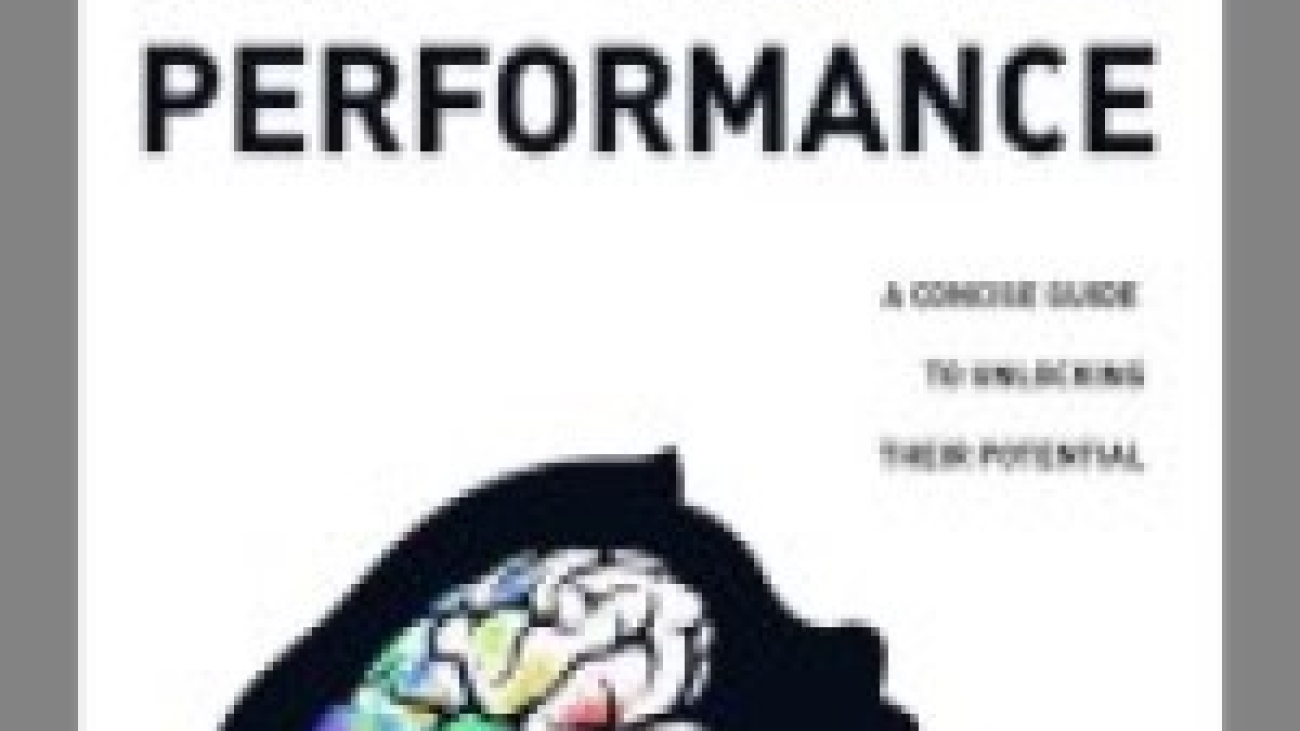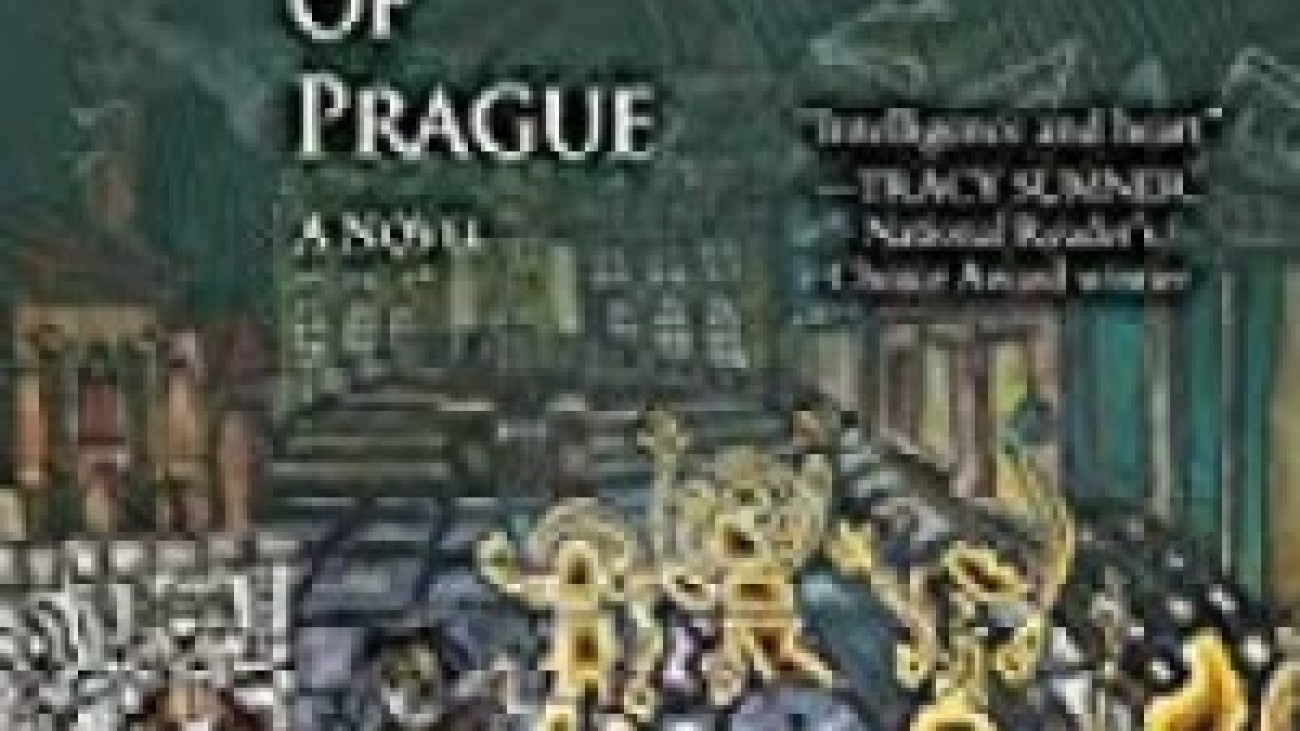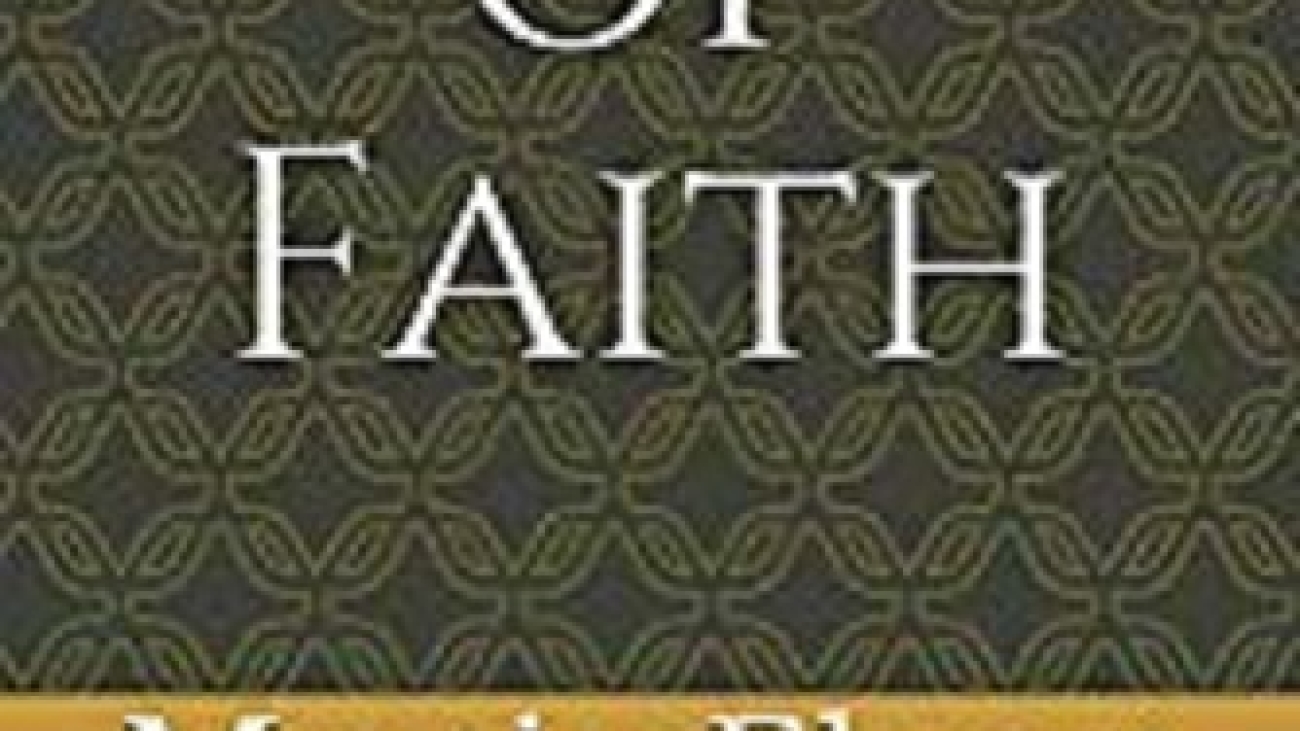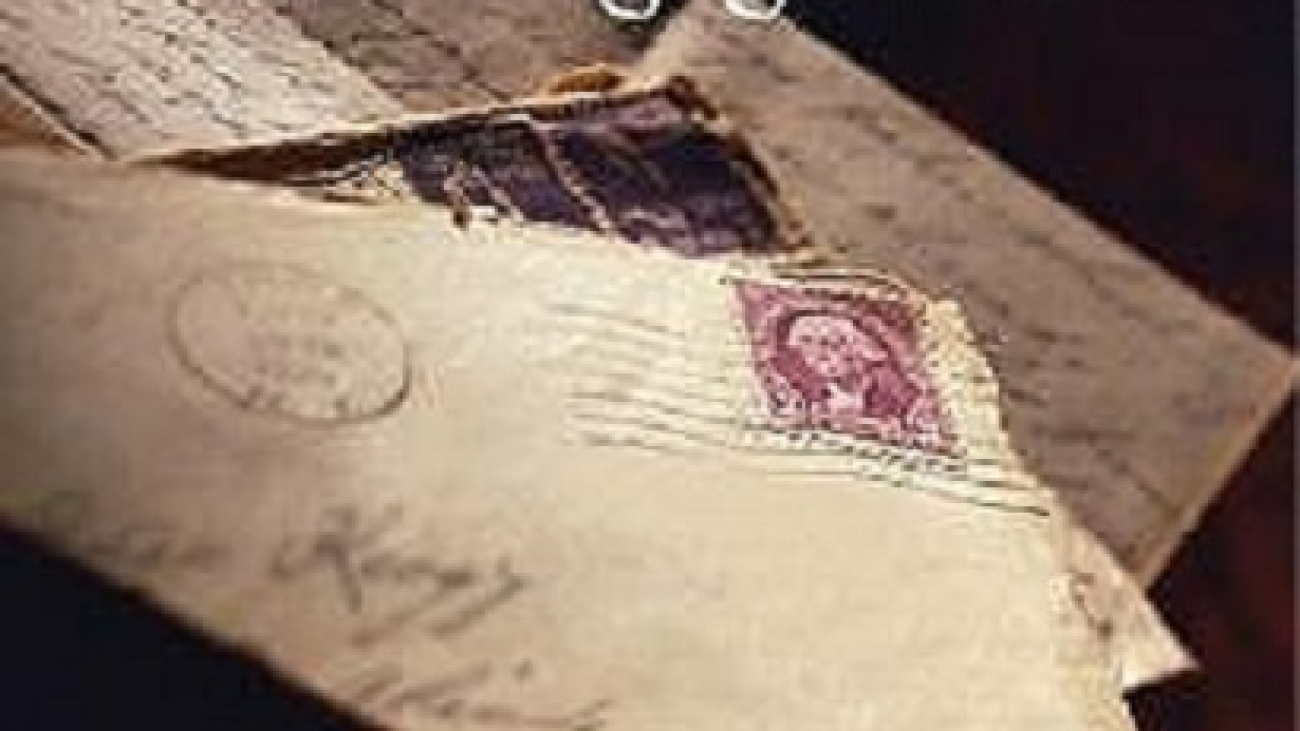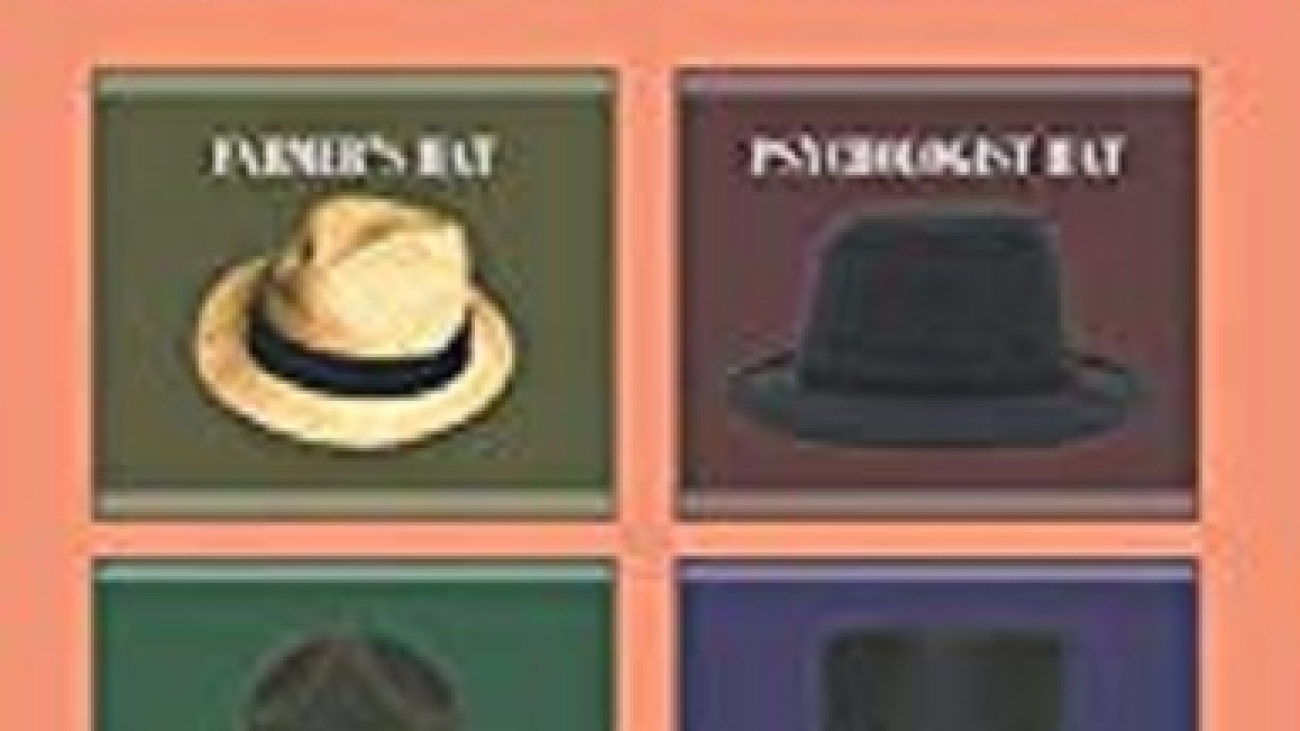Reviewed by Dianne Woodman
Maximise Your Child’s Performance: A Concise Guide to Unlocking their Potential is a marvelous book of information. Jennie Segar discusses ways to make a difference in children’s development and benefit them academically, professionally, and socially. The book is an invaluable resource not only for parents but also for anyone involved in the caregiving role of children. Segar is well-qualified in the book’s subject matter, as she has years of experience as a parent and in different jobs working with children. Purchase Here.
The book is divided into ten chapters with sub-headings and the corresponding page numbers, making it easy for readers to explore chapters that focus on issues of interest. The introduction is a wonderful overview of the specific topics discussed in the book. Readers will gain helpful insight into many topics important to a child’s healthy growth and development. Segar shares meaningful experiences from her own life, offering readers a personal perspective on everything the book addresses.
Some of the discussed topics pertain to positive and constructive approaches to guiding children’s behavior and how playing games can help build cognitive skills. The author also includes the advantageous effects of exercise and healthy eating on a child’s physical and mental development, the educational benefits of learning to play an instrument, the importance of shared reading from an early age, the value of a family-owned pet, and the impact of technology on children.
All the material covered in the book is supported not only by the author’s personal experiences as a parent, child-care worker, and teacher, but also by the results of research and case studies. Segar shares her own opinions on ways to encourage and support children in their journey to adulthood. The author provides helpful information that clearly and accurately describes different types of age-appropriate toys, exercises, sports activities, musical instruments, and online games. Segar also talks about the nutritional needs of children and the effects on their health from chemical additives added to food.
At the end of the book, the author includes an addendum with samples of sentences used in teaching students. Segar believes that acquiring the skill of telling and writing down stories is an essential component in the all-round development of children. The author’s insights and experiences, along with a detailed reference list, add to the credible level of authority for Segar to write on a range of topics related to child development. Readers will find the methods advocated by Segar for promoting positive child development extremely useful. Maximise Your Child’s Performance is an inspiring book that provides a thorough overview of ways to motivate children to achieve their best and reach their full potential.
